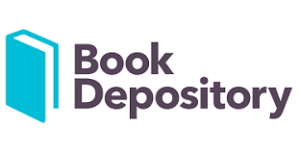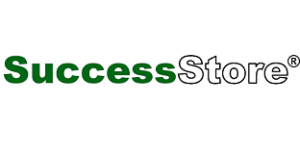Working 9 ‘til 9 -What a way to make a HR living
Every week, I have the privilege of engaging with various organizations, particularly HR departments, and I’ve had the opportunity to witness first-hand the persistent challenges these individuals and teams grapple with on a daily basis. Over the past two decades, I’ve observed the demands on HR teams steadily escalating. Every time an organization undergoes change, whether positive or negative, HR is invariably at the forefront, tasked with assessing and responding to these shifts. While the pandemic was a significant example of such change, HR teams are confronted with fresh challenges at an alarming pace, spanning a wide spectrum of issues, ranging from policy alterations to disruptive technological advancements. These challenges compound the already demanding daily workload. What’s interesting about the HR teams I encounter is that they don’t whinge about these issues. They shrug resigned to their fate as they burn out another evening or lose another weekend due to urgent business demands.
HR operating system- in need of an upgrade
Remarkably, the HR operating model has remained largely unchanged since the 1990s, leaving HR teams navigating through these challenges while contending with an ever-expanding to-do list. This situation has reached a critical point, as highlighted by a startling discovery reported by WorkVivo and referenced in Forbes: a staggering 98% of HR professionals are experiencing
burnout. Yes, 98%. So, the question that arises is: What steps can be taken to
address this pressing issue?
Understand how much work the team is doing
One of the fundamental questions I consistently pose to the teams I collaborate with is, “How much work is currently in progress?” While this might seem like a straightforward inquiry, the complexity of HR work is such that, in addition to ongoing projects and Business as Usual (BAU) tasks, a wide array of urgent and contextually diverse issues can swiftly emerge within the organization. These issues can vary in nature, spanning from simple to intricate, from urgently pressing to critically important, or even trivial. The reality is that HR’s scope is so extensive that it encompasses matters ranging from deeply personal employee concerns to highly sensitive business-confidential affairs. Consequently, it’s often the case that not all team members are fully aware of each other’s tasks and challenges.
Aggressive prioritisation
HR teams must prioritize gaining a comprehensive understanding of each team member’s workload. While it can be challenging to allocate time for this task, delving deep into work in progress is a highly effective way to grasp the team’s current challenges. In the realm of Agile HR, conventional Business as Usual (BAU) activities coexist alongside strategic projects. Agile methodologies like Scrum or Kanban can be skillfully adapted to HR functions to navigate this balancing act. Once all the work is clearly identified and documented on a Kanban board, teams can efficiently allocate time and resources to ensure both BAU and project work advance in parallel.
Stop people pleasing. No really.
Sounds counterintuitive doesn’t it. HR often aims to please everyone – managing numerous open tasks can lead to inefficiency and reduced productivity and ultimately end-up not solving the issues they need to. Prioritization is essential to combat HR overwhelm. By visualizing the workload using tools like Kanban or sprint boards, HR leaders can pinpoint high-impact tasks and projects through collaboration with stakeholders. This enables HR teams to concentrate their efforts on the most critical tasks, utilizing available resources effectively. It’s also important that HR works with stakeholders to understand what constitutes priority work for the HR team at a particular time, and communicate these priorities back to the business. This shift liberates HR teams from the pressure of addressing every issue immediately, allowing them to allocate valuable time to strategic initiatives.
What next?
The challenges faced by HR teams are both profound and pressing, as the demands on them continue to escalate in our rapidly evolving business landscape. The startling statistics indicating the high burnout rate among HR professionals highlight the urgency of finding solutions. As we delve into the intricacies of HR work, the need for understanding team workloads and effective prioritization becomes abundantly clear. Adapting Agile methodologies and embracing prioritization as a singular focus can provide the much-needed relief for HR teams overwhelmed by a relentless stream of tasks. By redefining their approach and harnessing available tools and strategies, HR professionals can not only navigate the ever-expanding workload but also free up invaluable time to channel their energies into strategic initiatives that drive lasting organizational success.
Let’s connect and continue the conversation.








